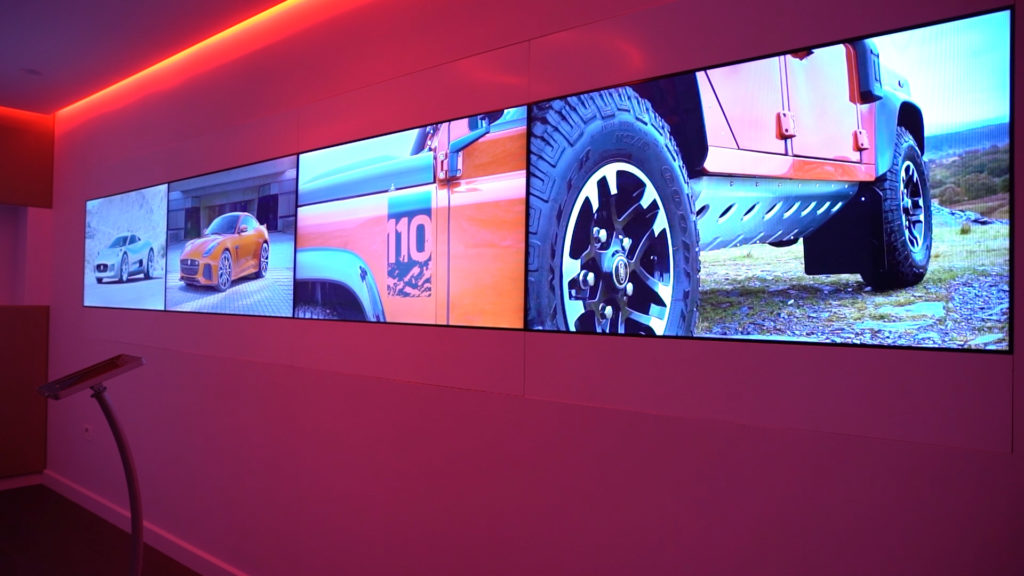Ideal Tactics for Positioning Surveillance Cameras to Enhance Monitoring Efficacy
Ideal Tactics for Positioning Surveillance Cameras to Enhance Monitoring Efficacy
Blog Article

Positioning surveillance cameras effectively remains crucial to enhancing monitoring across various settings, such as homes, businesses, as well as public areas. The main goal of surveillance cameras remains to discourage crime while also provide proof in case of incidents. To attain this, it is essential to take into account several elements, including surveillance camera placement, range of view, as well as the specific zones that require oversight. By understanding these elements, individuals and entities can create a thorough surveillance plan that optimizes the effectiveness of their surveillance systems.
One of the initial steps in positioning surveillance systems is to identify key locations that need monitoring. High-risk areas, such as entry points, exits, vehicle lots, as well as areas with high-value assets, must be given priority. It is crucial to consider areas not visible, which may be areas that may not be seen from certain perspectives. By charting out these key locations, surveillance personnel can guarantee that all corner remains monitored, minimizing the chances of illegal actions going unnoticed. Additionally, installing surveillance systems at strategic points can assist create a complete perspective of the premises, enabling for better total surveillance coverage.
The viewing angle of a surveillance camera is another important element to consider. Various types of cameras provide varying fields of vision, which can affect how much space is recorded in the video. For instance, broad-view cameras can cover bigger spaces, making them perfect for open areas, whereas PTZ cameras can be modified to focus on specific features. When placing cameras, it becomes important to select the appropriate type based on the location being monitored. This guarantees that the system can capture clear footage and offer valuable data in the event of an occurrence.
Elevation and tilt of mounting also play a significant role in the effectiveness of security systems. Surveillance systems web link must be mounted at a height that is out of reach of possible interference but still allows for clear visibility of faces and other recognizable features. A common recommendation is mount systems at least 8 to ten feet off the floor. Additionally, the tilt at which the system is positioned can affect its capability to record important details. Surveillance systems must be angled to minimize reflection and prevent blockages, ensuring that they can record sharp video at all times.
Finally, regular maintenance and improvements to the surveillance system is crucial for long-term effectiveness. This entails inspecting camera functionality, wiping optics, as well as ensuring that software is current. Frequent assessments of the monitoring strategy can help identify any additional blind spots or areas that might require extra monitoring. By staying proactive and implementing necessary adjustments, people as well as organizations can enhance their monitoring effectiveness and ensure that their surveillance solutions continue to fulfill their designated function.